Acne can be a frustrating, difficult condition to experience, but the good news is that determining the type of acne you’re experiencing is the first step on your journey to clear skin. In this blog post, I’m discussing the difference between blackheads and whiteheads and answering everyone’s burning question ‘Should I try to extract or remove blackheads and whiteheads myself at home?’
Acne has many contributing factors, and its formation involves the complex interplay of hormones, genetically “sticky” pores, bacteria, and inflammation within the sebaceous glands, (aka our body’s oil-producing pores.) Acne commonly occurs on the face, chest, neck, upper arms and back.
What are Blackheads and Whiteheads?
Blackheads and whiteheads are classified as a type of acne called comedonal acne. A comedone forms when a mixture of sebum, the oily material that protects our skin, and dead skin cells become trapped under the surface of the skin. A whitehead is known as a “closed comedone,” and a blackhead is called an “open comedone.” The main difference between the two is that the surface of a blackhead is stretched open, exposing the trapped oil and dead skin cells to air, which then oxidizes it and turns the contents black.
Blackhead and Whitehead Extraction
To best treat your blackheads and whiteheads, we advise seeking the expertise of dermatologic professionals who can identify the type(s) of acne you’re experiencing and develop a treatment plan best suited to your skin’s needs. If comedonal acne is diagnosed, a combination approach to treatment is best. This includes regular acne facials performed by a licensed medical aesthetician aimed at gentle extraction of trapped debris, and topical medications that work to unclog your pores and keep them clear.
It’s hard to not squeeze blackheads at home, but extractions from a trained professional are best to decrease trauma and to maintain the integrity of your skin.
Blackhead and Whitehead Treatment and Prevention
There are several effective topical medications that can be found both over-the-counter and/or prescribed for the treatment of comedonal acne.
For mild cases of comedonal acne, over-the -counter washes containing ingredients such as benzoyl peroxide (Panoxyl) and salicylic acid (Neutrogena Oil-Free Acne Wash) may help. Your provider may also suggest the addition of an over-the-counter retinoid called adapalene (Differin 0.1%) or a medical-grade skincare option such as Skinbetter AlphaRet Clearing Serum. These medications work to clear the skin of clogged sebum and decrease inflammation. You may experience irritation and inflammation of your skin with the addition of these over-the-counter products. To prevent irritation and in case of any allergic reaction, try testing a small area for a few days to start out. Be aware that products containing benzoyl peroxide do bleach fabrics.
For moderate cases of comedonal acne, a prescription-strength vitamin A derivative called a retinoid (tretinoin, tazarotene, adapalene 0.3%) may be prescribed, as well as combination benzoyl peroxide topicals or washes. If your skin is too sensitive for a prescription strength retinoid, we may suggest using a more tolerable option like Skinbetter Intensive AlphaRet Overnight Cream.
We highly recommend a visit with your dermatology provider to determine the most appropriate therapy to manage and clear your blackheads and whiteheads.

